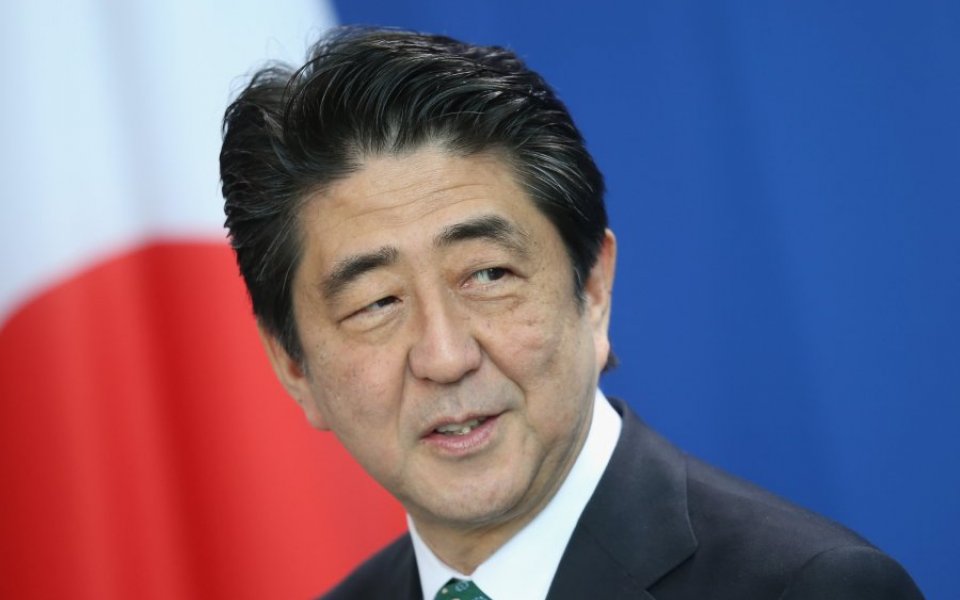Bank of Japan starts paying negative interest rate deposits

The Bank of Japan introduced its radical policy of charging negative interest rates today.
The move, first announced last week, will mean banks have to pay the Bank of Japan (BoJ) to keep reserves there. However, the negative interest rate of 0.1 per cent will only apply to new reserves created as part of the BoJ's asset purchase programme.
Aggressive monetary policy has been a feature of Prime Minister Shinzo Abe's plan to boost growth and inflation, which have been subdued for over two decades.
Read more: Will negative interest rates make the situation worse?
The European Central Bank is also expected to cut the interest paid on deposits further in negative territory at its March meeting. The move toward negative interest rates is being partly blamed for sharp declines in bank shares.
"Although the backdrop for credit quality in the financial sector remains robust, fears that negative interest rates are hurting margins have weighed on sentiment at the same time as it appears that loss provisions linked to weakness in the oil and commodity sectors and in emerging markets will need to rise," said Mark Dowding, a partner at BlueBay Asset Management.
"With banks continuing to deleverage balance sheets and raise capital ratios, it is understandable that these headwinds should principally represent negative news for bank equity investors."